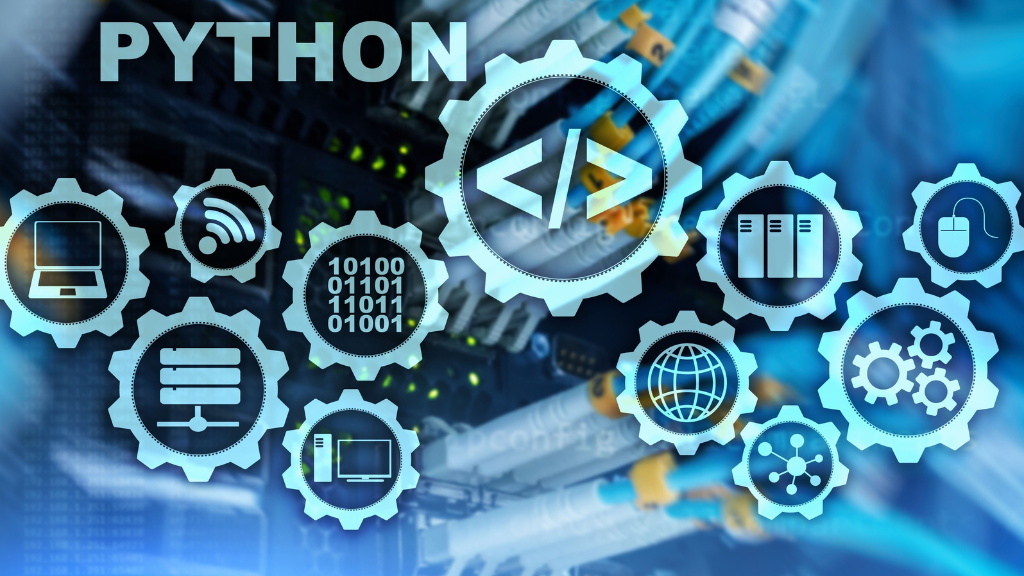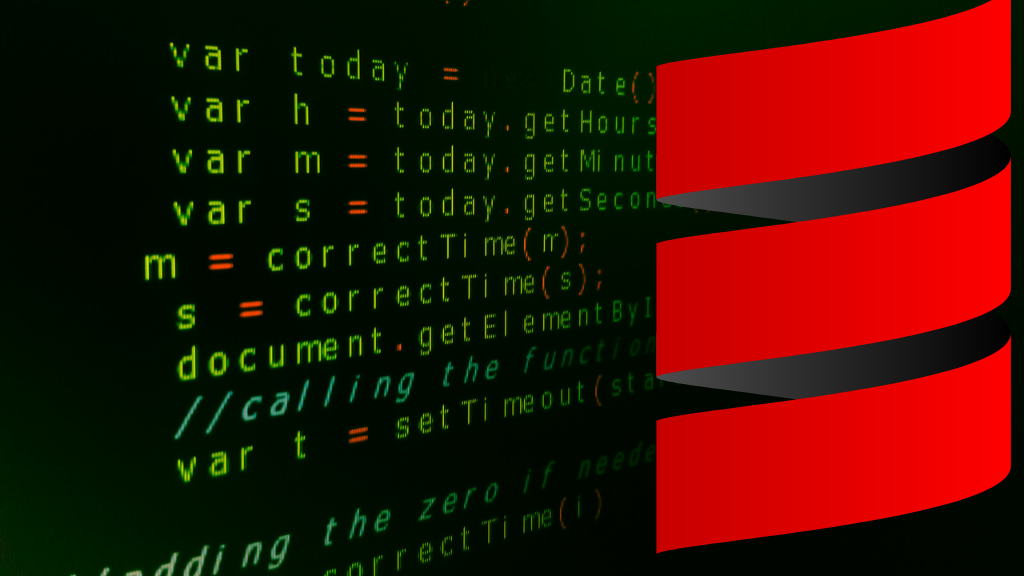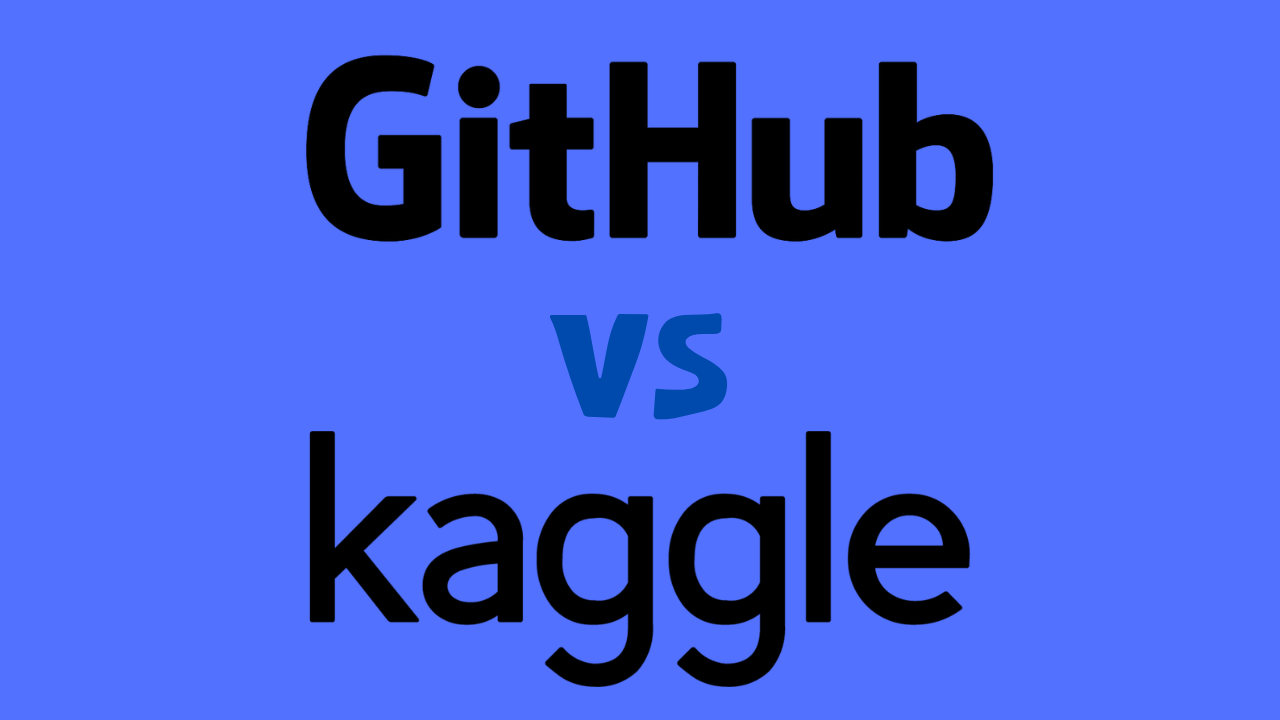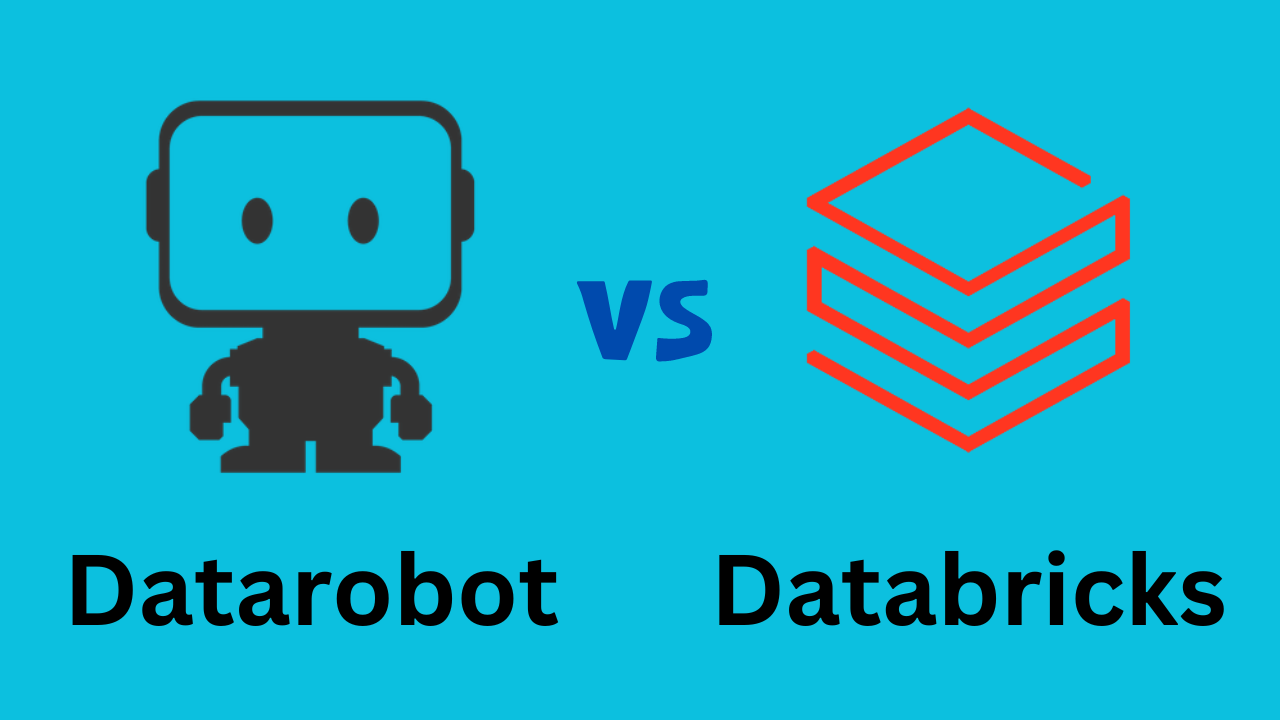This article provides a list of the top programming languages for data science. The five best programming language for data science, are: The R Programming Language, Python Programming Language, MATLAB Programming Language, Hadoop Programming Language, and The SQL Programming Language. These programming languages are popular among data scientists for their ability to handle large datasets, their powerful data analysis capabilities, and their ease of use. Each language has its own strengths and weaknesses, and the choice of language will depend on the specific needs of the project or organization.

1. The R Programming Language:
R is a free, open-source programming language that is widely used for statistical computing and graphics. It has a large and active community of users and developers, and offers a wide range of statistical and graphical techniques. R is particularly popular among data scientists for its ability to handle large datasets and its powerful data visualization capabilities.
2. Python Programming Language:
Python is a general-purpose programming language that is widely used in data science, machine learning, and artificial intelligence. It is known for its simplicity, readability, and ease of use, and has a large and active community of users and developers. Python offers a wide range of libraries and frameworks for data analysis, including NumPy, Pandas, and Scikit-learn.
3. MATLAB Programming Language:
MATLAB is a proprietary programming language that is widely used in scientific computing and engineering. It offers a wide range of tools and functions for data analysis, including statistical analysis, signal processing, and image processing. MATLAB is particularly popular among data scientists for its ability to handle large datasets and its powerful visualization capabilities.
4. Hadoop Programming Language:
Hadoop is a distributed computing framework that is widely used for processing large datasets. It is based on the MapReduce programming model, which allows users to write programs that can process large amounts of data in parallel across a cluster of computers. Hadoop is particularly popular among data scientists for its ability to handle large datasets and its scalability.
5. The SQL Programming Language:
SQL (Structured Query Language) is a programming language that is widely used for managing and querying relational databases. It offers a wide range of tools and functions for data analysis, including data aggregation, filtering, and sorting. SQL is particularly popular among data scientists for its ability to handle large datasets and its ease of use.
Data Warehouse vs Data Mart: A Detailed Comparison

Conclusion
The choice of language will depend on the specific needs of the project or organization. It is recommended to evaluate the requirements of the project and the strengths of each language before making a decision on which language to use.
Visual Studio Code vs Visual Studio

















